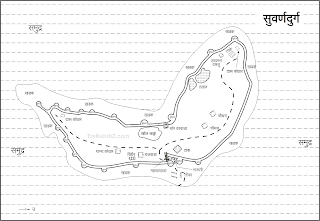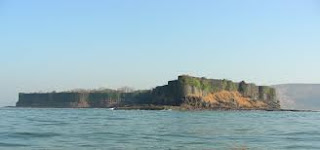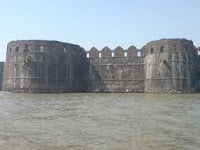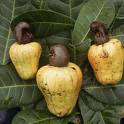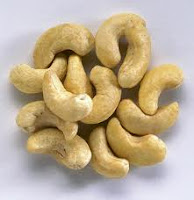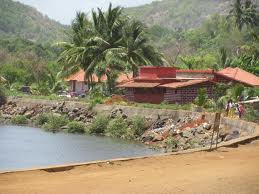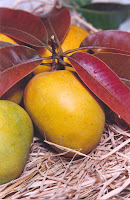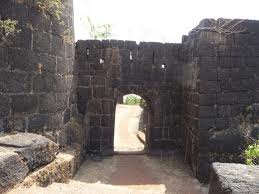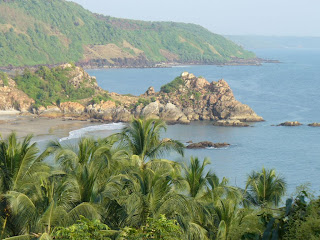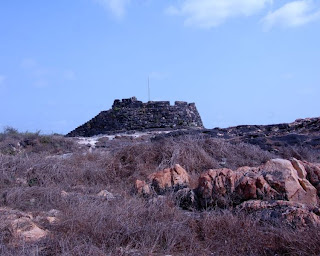Suvarnadurg is a fort that is located on a small island in the Arabian Sea, near Harne in Konkan, along the West Coast of India, in the state of Maharashtra. The fort also includes another land fort (small) called the Kanakadurga at the base of headland of Harne port on the coast.
Building of the fort is credited to Sultan Adilshah of Bijapur. The forts were captured by Shivaji, founder of the Maratha Empire, in 1660.
Subsequently, Shivaji, other Peshwas and the Angres further fortified the forts for defence purposes.
The literal meaning of Suvanadurga is “Golden Fort” as it was considered as the pride or the “ feather in the golden cap of Marathas”. Built for the Maratha Navy for defence purposes, the fort also had a ship building facility. The basic objective of establishing the fort was to counter enemy attacks, mainly by the colonialists of Europe and also by the local chieftains. In the past, the land fort and the sea fort were connected by a tunnel, but now defunct. The present approach to the sea fort is only by boats from the Harne port on the headland.
The fort is on an island in the Arabian Sea on the west coast within the jurisdiction ofRatnagiri District, off the Kanakadurga fort and below the headland Harne port. Kanakadurga, the harbour fort, built originally as a strategic link to the sea fort has a lighthouse. Harne, near the dilapidated Kanakadurg fort, is an important harbour, which is right on the edge of the land that protrudes into the Arabian Sea. This is a natural harbour known for large fishing and marketing. It is conjectured that the Kanakadurga fort and other land side forts such asBankt Fort, Fategad fort and Goa fort were built primarily as look out forts for the security of the Suvarnadurg fort. There is no landing jetty at the Suvarnadurga fort. However, the landing is on the shores of the sandy beach of the rocky island. Another feature of the area is that a narrow channel separates the Gova, Kanakadurg and Fattehgarh forts on the mainland.
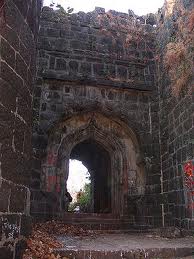
The forts have recorded history linked to the Adil Shah Dynasty (1490 to 1686) of theBijapur Sultanate. However, linking its history to an earlier era of the Satavahana (230 BC to 220 AD) is considered a speculation since no proof could be established to this claim. The forts were captured by Chatrapati Shivaji in 1660 by defeating Ali Adil Shah 11 (1656–1672). Kanhoji Angre (1667–1729), popularly known as “Samudratla Shivaji” was the Admiral of theMaratha Navy; in 1696, Kanhoji's naval fleet was stationed here. However, the fort was formally handed over to Kanhoji in 1713 by Shahu Raja.
Kanhoji Angre who was also known as Angria was appointed in 1698 as Admiral of the Maratha Naval Fleet by thePeshwas. He had complete control over the west coast, from Mumbai to Vingural, except for the fort of Janjira, which remained with the British (for 200 years). Angre was considered to be a mercenary who attacked defenceless towns and also traders. He even attacked the East India Company’s ship in 1702 and refused to release the British captives (six of them). He severed his relations with the Peshwas in 1704 and was called “the Rebel Independent of the Raja Shivaji”. In spite of warning by the British that he should not attack or capture British ships, he captured their ships in 1707. He had a free run of the west coast from Surat to Dabhol and captured all private vessels. When Shivaji’s grandson was imprisoned, Kanhoji got his opportunity to stake his claim for independence. In 1713, he had captured Peshwa’s general Bhairu, which forced the Peshwa general Balaji Rao (Commander-in-Chief of the Maratha forces) to come to an agreement with him. For maintaining "fealty" with the Sataras (Chatrapati Shivaji's family stronghold), he was granted 26 forts and its dependent villages, which included Suvarnadurg. In subsequent years, these forts became strong holds for piracy. With his new ordered control, Kanhoji held complete control over a coast line stretching over a coast length of 240 miles (390 km) and 40 miles (64 km) width extending from Mumbai to Vingurla to the south. He later entered into an agreement with the British, which went against him as the British flouted all terms with him. Humiliated by this treatment by the British he decided to attack them. He entered into an alliance with the Raja of Satara, equipped his vessels and manned them by the best crew consisting of Dutchmen. He also employed a Jamican pirate as his chief gunner. Many European pirate forces had also joined his army after the Treaty of Utrecht of 1713-14 (comprising a series of individual peace treaties among several European states includingEngland, France and Spain, among others). With this force, he terrorized the East India Company.

Kanhoji relentlessly carried on his fight against the British and in 1721 joined hands with thePortuguese; when 33 British soldiers were killed, 21 wounded and many ammunition and field guns were seized by the Marathas. In 1722, when Kanhoji was to attack the English factory at Karwar, in spite of the British sending their ships 'Victoria' and the 'Revenge' to attack Kanhoji's forces, he was not cowed down; even though his Dutch Commander was killed and his 16 ships were captured. However, he died on 4 June 1729, an unvanquished hero for 31 years against all foreign attacks. It is said that "Had he been in England, like Drake, he would have been knighted and lionised as a national hero, but in India he died merely as an independent ruler who never permitted any foreign ruler to filch even a part of his precious little dominion”.
He had two legitimate and two illegitimate sons, and Sambaji his legitimate son was given control of Suvarnadurg. Following the death of one of the brothers in 1734, there were intence fights and acts of piracy continued. In spite of attacks by the British in 1732, Sambaji was back in Suvarnadurg unharmed. However by 1749, Tulaji, the step brother of Sambaji, had become very powerful and his ships sailed unharmed, even much bolder than what his father Kanhoji had achieved. This situation forced the Peshwas to join hands with the British to suppress Tulaji. In 1755, they jointly attacked Tulaji’s strong hold of Suvarnadurg and took control of the fort within 48 hours. Suvarnadurg was then given to the Peshwas that was considered a humiliating surrender by the Peshwas to the British.
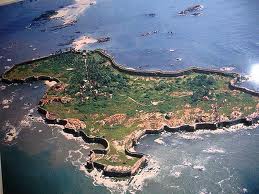
Subsequent to Kanhoji's demise, Tulaji Angre took charge of Suvarnadurg and it became the seat of his power. However, he fell foul of the Peshwas. He was considered arrogant. In the war with Tulaji, Peshwas were supported by the British. The joint siege of the fort lasted from March 25 to 2 April 1755. On 12 April 1755, Commodore James captured the fort and formally handed it over to the Peshwas. However, this support proved detrimental to the Peshwas, as the British extracted, as a reward, control over the Bankot fort but only allowed the Peshwas to have control over the Suvarnadurg. In 1802, Bajirav Peshwa under attack by the Holkars was trying to take refuge in this fort but had to flee to Vasai as he was chased to the fort by the Holkars. In 1818, Captain William of the British army attacked the fort and took full control of it on 4 December 1818. Soon thereafter the other forts also came under British control. The fort was thus under the control of the Peshwas till 1818. The fort has witnessed a scene of “triumph and tragedy, of the display of heroic courage and abject cowardice.”
The Angrias are also credited with not only strengthening the fort but also establishing the ship building yard at Suvanadurg and creating a large fleet of warships to secure the west coast, the Konkan coast, from attack from theBritish, French, Dutch and Portuguese colonialists. It is also inferred that the small forts (Goa, Kanakadurga, Bankot fort, Fattegad fort and Goa fort) were primarily built by Kanhoji Angre to defend Suvarnadurg from any enemy attack from the land route.
If you like this please Link Back to this article...

















